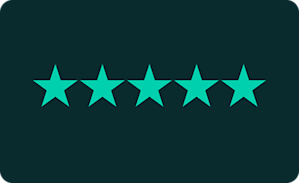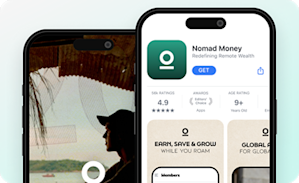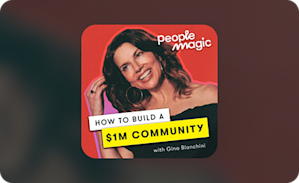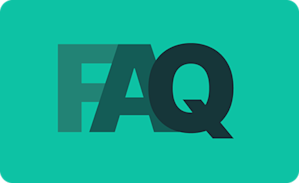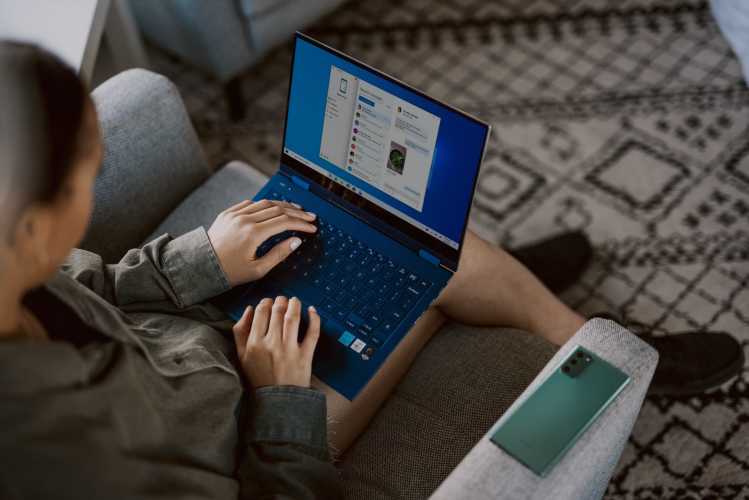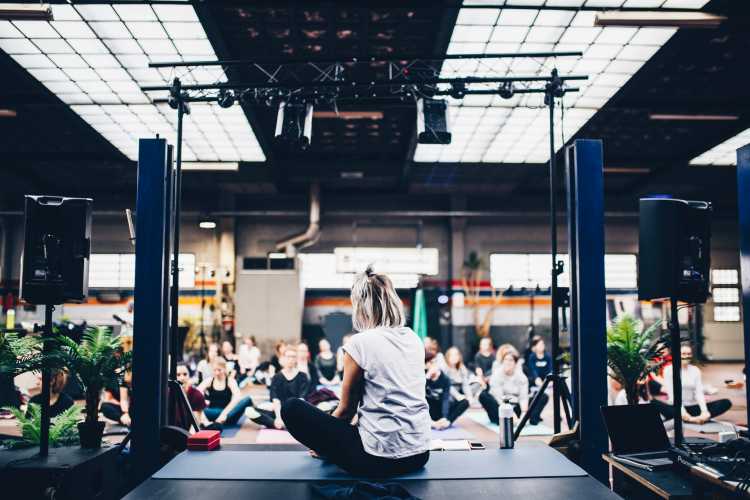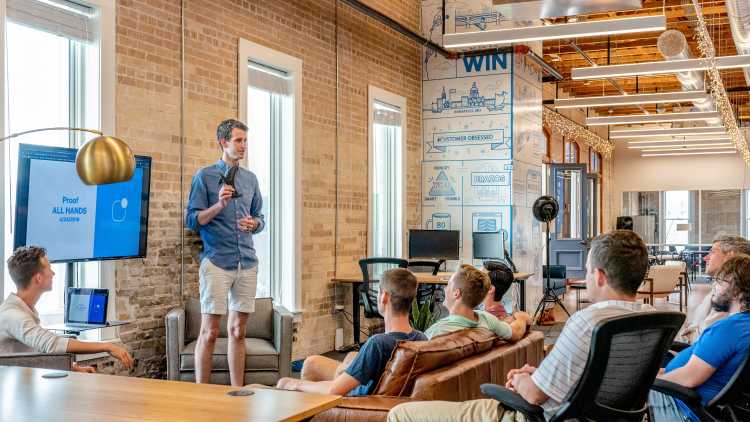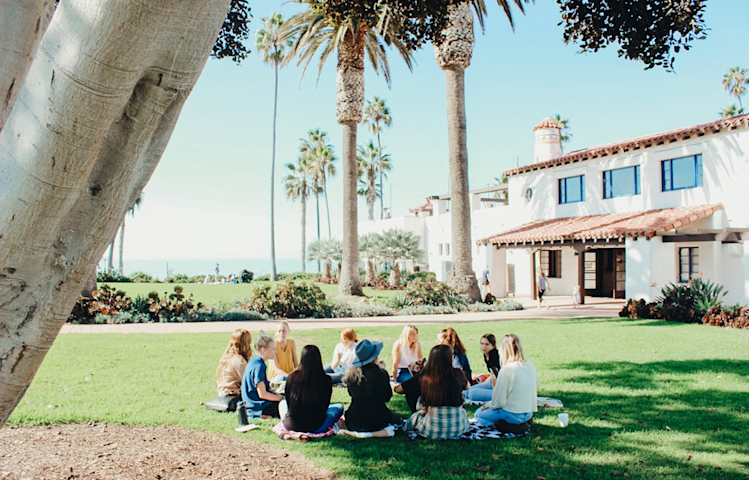Communities & Memberships
13 Proven Methods to Facebook Group Monetization (NEW for 2025)
These 13 Facebook monetization strategies work for both Facebook Page monetization AND Facebook Group monetization.
Author
Mighty Team
Last Updated
September 19, 2025

Facebook is a business behemoth, generating $134 billion in revenue last year. So a lot of people want to make money on Facebook. But when we think about content monetization, we don’t always think Facebook.
After all, YouTube is known for ad revenue, TikTok is for influencers, and Facebook is… where Joan from high school sells a multi-level marketing scheme?
Actually, there are lots of Facebook monetization strategies that have nothing to do with hocking stuff to your friends–especially if you have a dedicated Page or Group.
In this article, we’ll show you the best ways to monetize Facebook. These strategies work for both Facebook Page monetization AND Facebook Group monetization (plus a bonus that you can do from your own profile).
Try the platform with the most $1 million communities.
How to monetize Facebook
How it Works | Platforms to Use | Earning Examples | |
|---|---|---|---|
Create paid membership programs with exclusive content and benefits. | Mighty Networks, Stripe | $48,000/mo (1,000 members × $48/mo) | |
Host paid livestreams, workshops, or conferences. | Mighty Networks, Accelevents, WebEx | $44,000 (1,000 attendees × $44) | |
Organize in-person conferences or events. | Mighty Pro, Swapcard, Eventbrite | $500,000 (1,000 attendees × $500) | |
Create and sell online courses teaching valuable skills. | Mighty Networks, Thinkific, Teachable | $270,000 (1,000 students × $270) | |
Offer 1:1 or group coaching sessions. | Mighty Networks, Calendly | $71,000/mo (10 clients × $7,100) | |
Sell physical products through shops or external platforms. | Shopify, Gumroad | $35,000 (1,000 products × $35) | |
Promote other companies' products using affiliate links. | Impact, Aspire | $19,800/mo (1,000 sales × $19.80) | |
Earn from virtual gifts and stars during live streams. | Facebook Stars | $100 (1,000 stars × $0.10) | |
Earn through recurring subscriptions for exclusive content. | Kit, Substack, PodBean | $7,000/mo (1,000 subscribers × $7) | |
Sell products directly through Facebook Shops. | Facebook Shops, Shopify | $20,000/mo (1,000 sales × $20) | |
Collaborate with brands to promote their products. | Aspire, IZEA, CreatorIQ | $250/post (10,000 followers) | |
Earn through ad revenue from video content. | Facebook Ads | $200 (100,000 views) | |
Sell items directly to other Facebook users. | Facebook Marketplace | Varies |
How to monetize a Facebook Group
1. Convert it into a paid membership
1,000 members x $48/mo = $48,000/mo
What is it?
A paid membership is an engaged community of people who are going through a journey and/or transformation together. When members get enough value on a regular basis, they will keep coming back and engaging.
AND a great membership can earn recurring revenue! Our average membership on a Mighty Network charges $48/mo, and that’s not including upsells into things like coaching, events, or courses.
Memberships might be the ultimate way to monetize a Facebook Group. That’s because a Facebook Group is in some ways a membership.
It has gating and control options for who can come in.
It has a central theme to organize the discussion.
It has a group of regular members who can engage and build relationships.
Memberships are probably the highest-RPM monetization strategy for Facebook. That’s because they take something you’re doing anyway (having a conversation), monetize it with recurring income, and put growth on autopilot.
Thanks to the network effect, memberships and communities grow automatically too–often without you doing much.
How to monetize Facebook with memberships
Option 1: Host a membership in a Facebook Group

A Facebook Group already has some of the makings of a membership. After all, people are there. They have member profiles. They can see content and get notified about it. And that’s why some creators will build memberships on Facebook itself.
Technically, a Facebook Group can sort of be monetized. You need to have a Page with 50,000 post engagements or 180,000 watch minutes. Then you can create a private group for paid page subscribers. We’ll talk about this below.
But let’s be honest, this doesn’t fit the needs of most Facebook creators.
Instead, hosting a membership on Facebook itself usually means collecting payments elsewhere. So if you aren’t ready to delete your facebook group but still want to monetize, you can set up a recurring payment on a monetization platform like Stripe. And send members a private link they can use to sign on.
Problems with running a membership on Facebook
The content organization sucks. Facebook’s groups aren’t made to organize conversations. There’s one post at a time with comments and reactions. The more active a Facebook Group is, the more it hurts engagement because conversations get lost.
You’re fighting for attention. You’re fighting both Facebook’s algorithms to get seen and members may or may not get notifications about the group, depending on their settings.
Third-party payment adds friction. Sure, if people are devoted enough they might pay on a third-party platform. But it causes friction to send them somewhere else to pay, and this can hurt your membership.
Some people avoid Facebook. In some cases, people don’t use Facebook because they hate it or dislike the privacy settings. Some people just don’t use it because it’s where their Grandma plays Farmville.
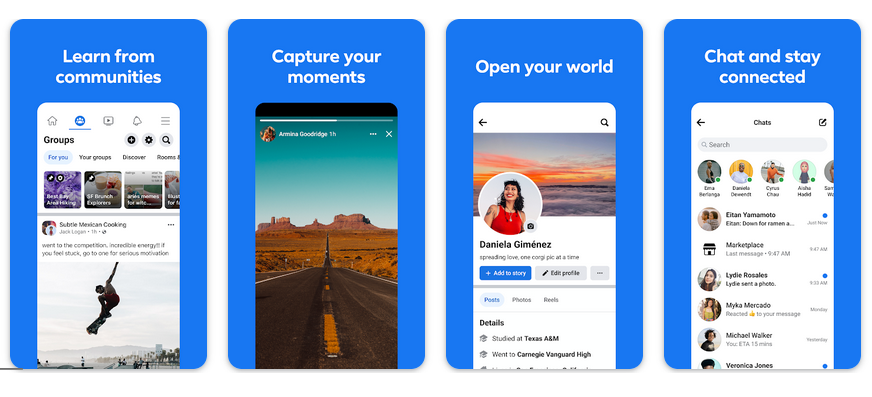
There are many more disadvantages to Facebook Groups. And perhaps most importantly, remember that it’s not in Facebook’s interest to help your Group or Page survive. It’s in Facebook’s interests to keep members moving around the platform, especially since neither Groups or Pages are great for ads (which is how Facebook earns its money).
Option 2. Host on a dedicated membership platform.
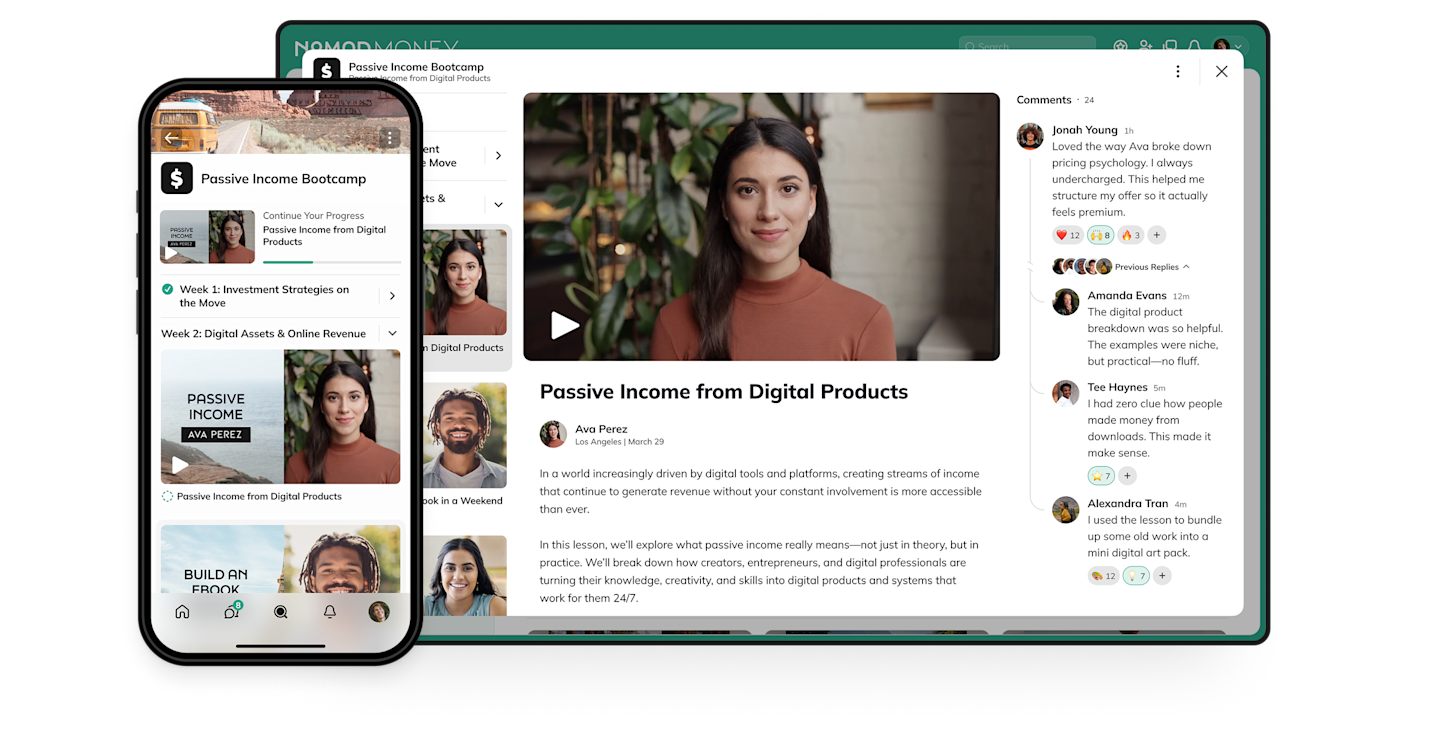
One of the best ways to monetize a Facebook group is by building a membership site that’s not on Facebook.
Dedicated membership platforms can give you some of the same features of a Facebook Group. But they’re designed to do much more, built specifically to organize conversations, form friendships, and boost member engagement. And memberships play well with most of the things we’ll talk about below, including courses and events.
Most importantly, membership platforms have monetization built-in. You can charge directly on the platform, create landing pages, build different membership tiers, and sell bundles.
Since Facebook Groups are built to host loose gatherings of people, shifting these into intentional, paid communities can be really profitable.
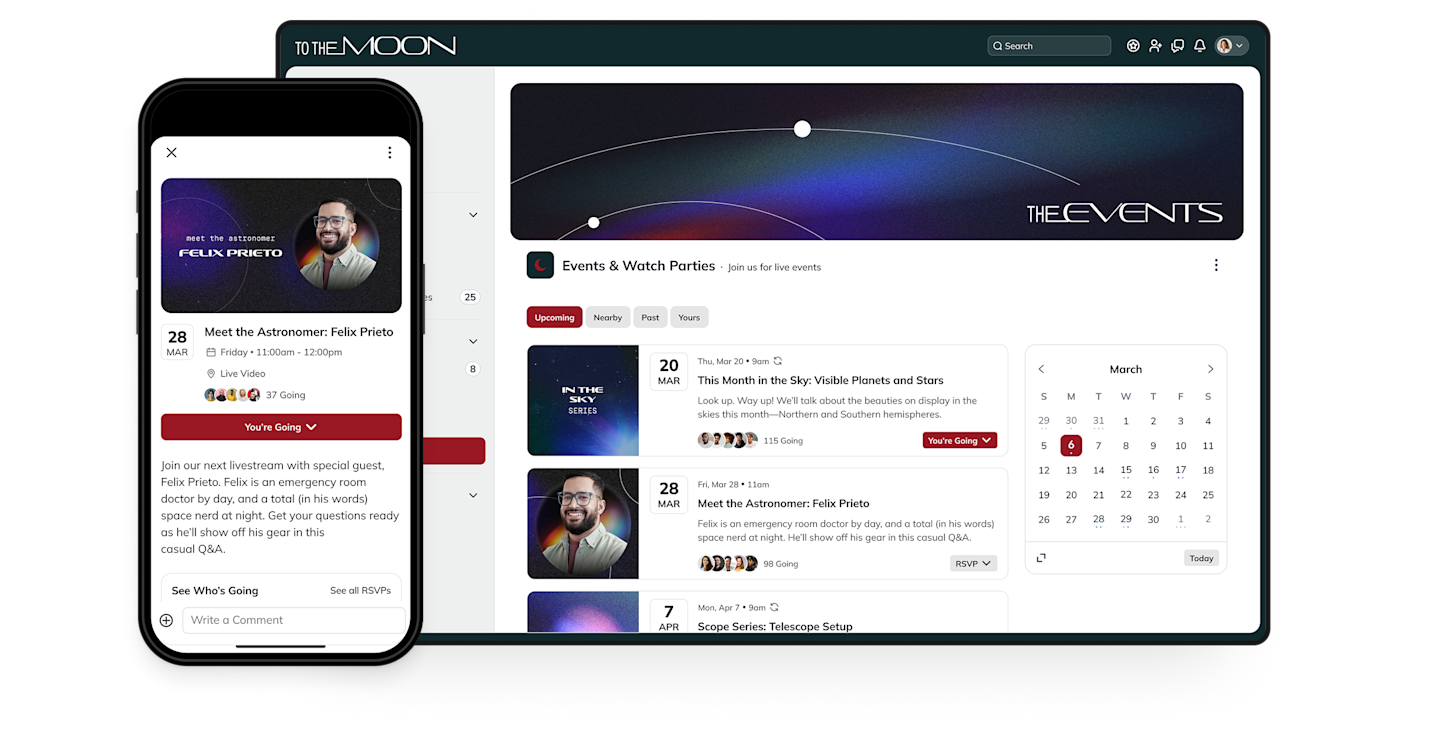
Why you should monetize Facebook with a dedicated membership platform
Native payments, membership tiers, and bundles: Since Facebook Groups aren’t built with payments, membership platforms make collecting money easy.
Complex content options: Forget the one-stream of posts. A membership platform is built to organize lots of content with great UX, boosting engagement and member satisfaction.
Stop competing: When you own the community, you’re not competing with other creators and ads. Members only see your content.
Build your brand and business: You don’t own anything on Facebook. It’s almost impossible to build a branded experience. AND Facebook owns your members’ data–and can even shut down your Group randomly.

How much can you make?
Our average paid membership on Mighty is $48/mo. So a membership community with 50 members earns $2,400/mo. This scales with additional members: 100=$4,800/mo, $1,000 = $48,000/mo, and so on.
How to get started
Find a membership platform that appeals to you. Make sure it can host any of the relevant things you want in your membership (e.g. challenges, virtual events, courses, livestreams, etc.) and includes payment management.
Set up your membership and begin the process of moving your Facebook Group to a paid membership.
Try our Membership Name Generator
2. Run virtual events
1,000 Attendees x $44 = $44,000
A Facebook Group can be a great staging ground for a paid virtual event. From small, paid webinars to large virtual conferences, you’ve already got the people in place to host something great. And with Eventbritereporting that the average price per virtual event is hovering around $44, virtual events can be a really profitable digital business.
There are two options to monetize with virtual events: using a third-party platform to charge admission to a Facebook event, or using a separate virtual event platform to both sell and run the event.
Here’s the difference.
How to monetize Facebook with virtual events
Option 1: Run the event on Facebook

It’s not easy, but it is possible to run a virtual event on Facebook itself. Use Facebook Events to schedule. Group members can RSVP and “Add to Calendar.” You can also pin an event announcement to the top of your group and run polls about what type of events people want.
Facebook doesn’t have a lot of event tools, but there are two ways you could run a virtual event natively:
Use a Group Chat for a small, virtual event. Let’s be clear, this will only work for really small virtual events (think less than 10 people). But it is possible to video chat and call.
Run a livestream with Facebook’s native live tools. For more of a broadcasted event, you could use Facebook live to host.
Problems with running a virtual event on Facebook
You can’t charge natively. Again, Facebook is missing real monetization features to set up payments–this includes event payments. You’d need to use a third-party platform like Stripe to monetize.
The event features are basic. Facebook live is cool, and it has some options for audience comments and reactions. But it can handle complex events with things like multiple speakers, breakout rooms, and simultaneous content.
You might need more software. If you’re running a livestream natively on your phone, you’re okay. But if you want more production options and desktop recording, you’ll need to use Facebook Live Producer and connect it to a separate encoding software.
These are the reasons most Facebook creators choose a separate platform to run virtual events on.
Option 2: Running events on your own platform
Running virtual events on a dedicated virtual events platform gives you a lot more power to monetize your Facebook Group. This is because you can create multiple kinds of events, charge natively, and connect events with pretty much any other digital product.
Here are some of the advantages:
Control what and how you earn. With native payments, landing pages, and the option to build any kind of pricing you want, you’ll likely earn much more running events on your own platform.
Build better experiences. Depending on your event, the option to create dedicated break-out rooms, private groups, add-on downloads, or group messaging can be a big help. Dedicated event platforms will give you much better UX.
Build more types of events. Choosing a dedicated virtual event platform gives you the power to run many different kinds of events and meetings: webinars, conferences, coaching sessions, masterminds, etc.
Grow your brand. Again, getting off Facebook helps you grow your own brand. Branded event platforms and apps let you get the look and feel you want, and you can even host an event in your own branded event app.
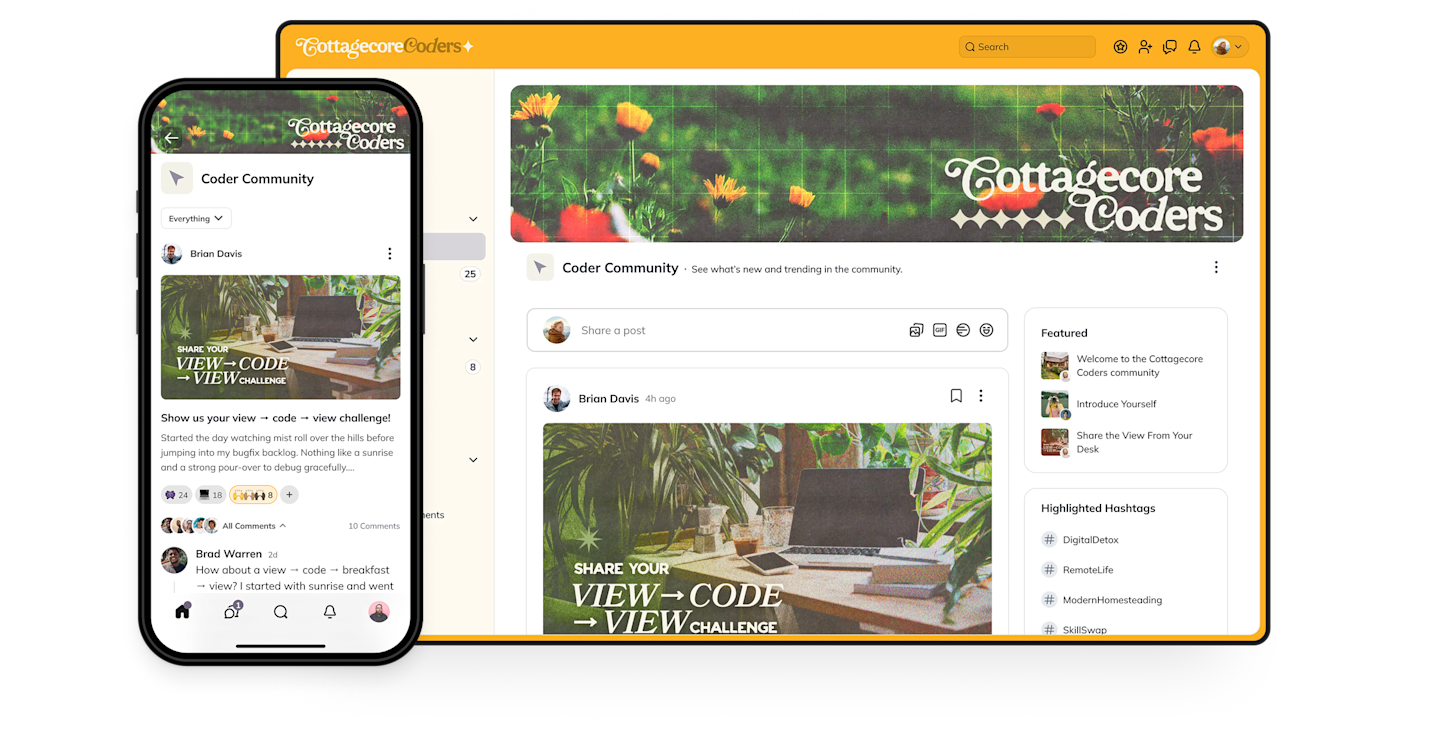
One of the things we love about a dedicated platform that runs events is that you can presell an event, collecting money in advance. Your platform should make it easy to gate event spaces and build dedicated event pages, collect RSVPs, and send email reminders about an event.
What kind of platform?
A dedicated virtual event platform. You can build a lot of the features we’ve talked about above with a virtual events platform like Accelevents or WebEx.
A dedicated membership platform. A good membership platform can also run incredible events natively, with seamless integration between community and events. Try Mighty Networks for this.
Which is better?
It depends on what you want. Events on Facebook are basically limited to a livestream that has to be monetized with third-party software. Sometimes people will stitch together different software to run virtual events out of a Facebook Group (e.g. Calendly, Stripe, Zoom, etc.). But you’re probably better to just choose a dedicated platform.
How much can you make?
We gave the estimate above based on 1,000 attendees. If you can sign up 1,000 people at $44 each, that’s $44,000!
Not sure you can bring in that many people? Even at smaller numbers, a virtual event can pay off. 100 people would be $4,400 at this price. And you can always mix virtual events with other products like paid memberships, coaching, or masterminds.
Or, you can make the event recurring to both recur the income, but also to keep hype and awareness growing. For example, Hootsuite’s regular “Future of Social” webinar grows each year as more people learn about it. A recurring virtual event can snowball.
3. Live conferences
1,000 Attendees x $500 = $500,000

Whether you love or hate virtual events, there’s a good chance a live event might be even better. And if the numbers above make your eyes pop out of your head, just wait. We’ve estimated the earnings here on the low end. In fact, the Global Conference Alliance estimates that the average business conference costs between $500 and $2,000 per ticket.
And that’s why spinning a successful Facebook Group or Page into a live conference might make a lot of sense.
But remember, this is also one of the most complex ways to monetize a Facebook Group. A conference can cost anywhere from $15,000 to $500,000 to host. So with high potential return comes a high potential overhead.
Try our Event Name Generator
How to monetize Facebook with a live conference
You can’t run a conference natively with Facebook.
If you want to monetize Facebook with a conference or live event, you’ll need to do it completely off the platform. This includes hosting a live conference (duh), but also means collecting payments.
For the conference itself, you’ll need to think about ticketing, venue, food, travel, accommodation, and speakers.
As far as software goes, here are some of the possible software solutions for monetizing Facebook with a conference:
Sell tickets on a dedicated platform: You can sell tickets either directly from a payment gateway (for example, through Stripe), or through a dedicated ticketing platform (e.g. Eventbrite).
Use a membership platform: The best membership platforms have payment gateways, member profiles, scheduling options, and the things you need to run a live conference.
Use a dedicated conference app: These are apps that are built for managing a conference. Some conference apps handle ticketing and payments, scheduling, and descriptions. While others add to these forums, chat & messaging, virtual networking, and more.
How much can you make? These are estimates only. We talked a bit above about how much of a spread there is for actual conference costs–both with the cost of hosting and the price of tickets.
But here’s a rough estimate. If you have 1,000 members paying $500 each, and it costs $50,000 to host a conference, you’ve just made $450,000 (1,000 x 500 - 50,000). Not bad.
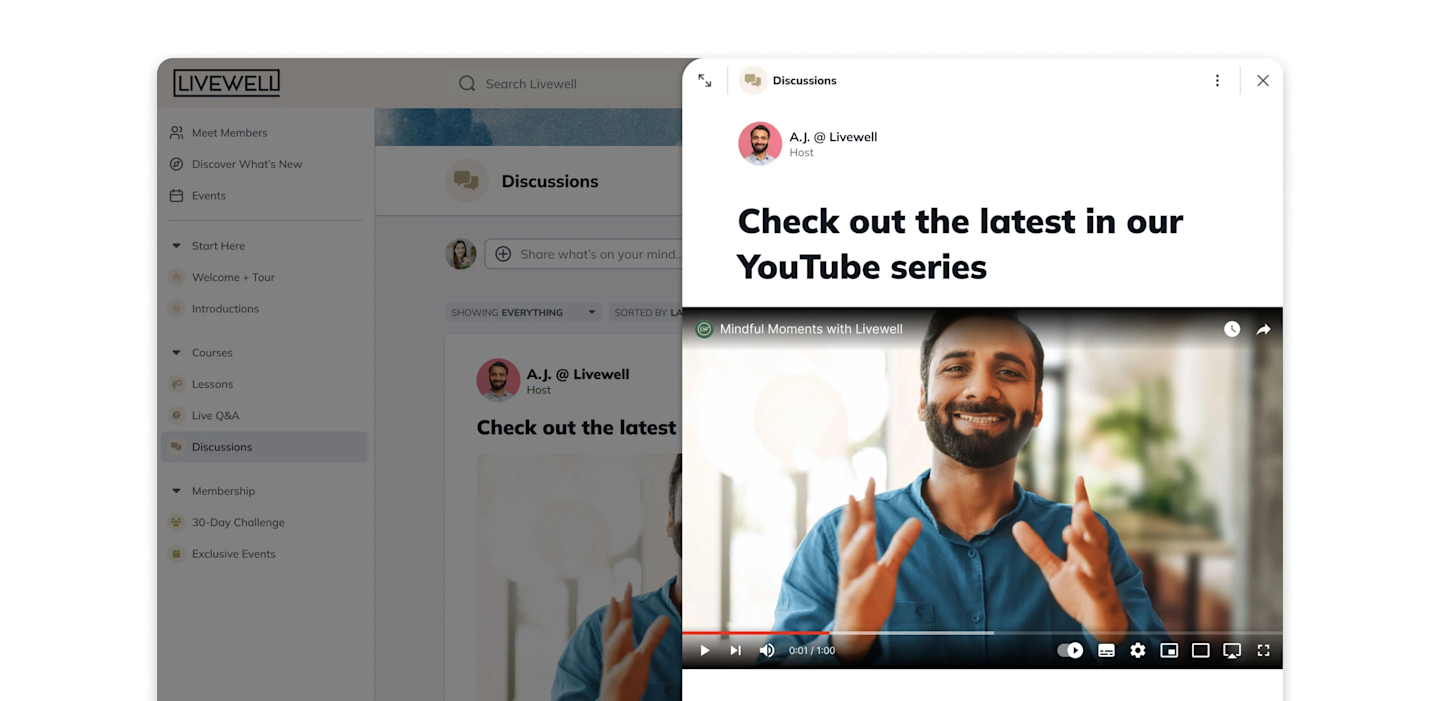
4. Courses
1,000 students x $270 = $270,000
Online learning is projected to be a $69 billion market by 2028 with almost 1 billion people taking them. Online learning is here to stay.
And if you’ve got a Facebook Group (or a Page), you might already have the basics for building a thriving online course business.
It’s almost impossible to create an online course on Facebook itself. Sure, there might be some workaround to teach a cohort course with Facebook Live, but you’re much better off choosing a proper course platform–so that’s what we’ll focus on here.
How to monetize Facebook with a course
There are really two different ways to teach a course: live or pre-recorded.
Cohort (AKA live) courses: Also called “cohort courses”, these courses are taught in real time (synchronous) and virtually. The most common way to teach these is on a livestream with a webinar-style format. What’s awesome is that students get a teacher in real time who walks them through things. They can ask questions, chat, and engage.
And for a teacher? You can get real-time feedback from your students. But one of the best things is that you can presell your course, giving you the perfect way to validate your ideas. It can potentially avoid a lot of work upfront to build a course that struggles to sell.
Asynchronous courses: These are the traditional online courses. Asynchronous means “not at the same time.” So then, this is a course that’s hosted on an online learning platform for students to do at their own pace. The advantages to this? Your students can take the course when they want (great for accessibility) and can rewind and rewatch things that challenge them. And for your business, the course can be passive income that lets you focus on other things.
BTW You don’t need to choose:
We’ve realized with courses on Mighty that a lot of creators use these two strategies together. They’ll teach a live course, and then offer the recording after. If your live course is a hit, you can even resell the recordings–perhaps cutting them into individual lessons for your LMS.
Note that the terms “live events” and “live courses” can get confusing, because they sometimes mean “all at once online” and they sometimes mean “in real life.”
Choose a course platform Remember, this can’t be done on Facebook. You’ll need to choose an online course platform that lets you build, sell, and host a course.
Here’s what to look for:
Easy payment collecting in the currency of your choice (look for the option to have one-time or recurring payments and payment plans)
A course software that lets you run the course you want, either an LMS software, a livestreaming component, or both
A landing page builder
Any features you want to mix with courses (e.g. coaching, masterminds, breakout groups, premium content)
How much can you make? Again, there’s a lot of flexibility in course pricing. At the top, we estimated about $270–which is a reasonable price for a lot of online courses. 1,000 students x $270 = $270,000. But there’s a ton of flexibility in course pricing, so you need to find the right price for your audience.
Here’s a guide to pricing an online course.
5. Sell coaching
10 students x $710 = $7,100/mo
Coaching is another option that can work well with the engagement you’re already building in a Facebook Group.
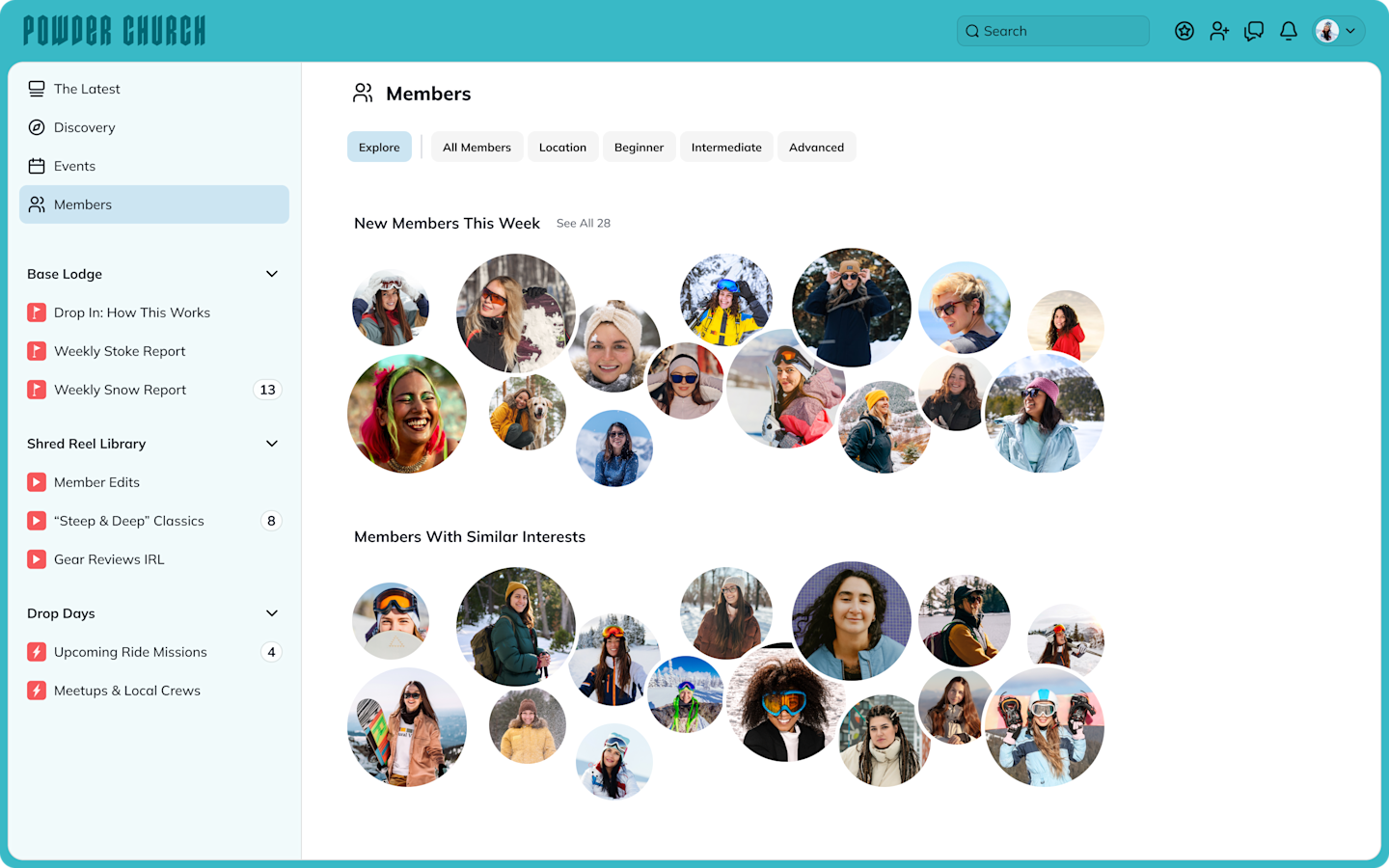
How to monetize Facebook with coaching
You’ll need a coaching platform to run the actual coaching on. You can choose the business model you like. But if you’re going to the work of finding coaching clients, it’s probably worth structuring your offer over time (e.g. a 5 month package). This gives clients enough time to get results, without locking them in forever (they can always re-buy).
Focus on getting clients results. Understand the transformation you offer and help clients get it again and again. People pay for transformation. You can read more about starting a coaching business here.
Choose coaching software
There are all sorts of coaching platforms out there. To monetize Facebook with coaching, you’ll need to identify how your coaching is going to work.
Look for:
Ways to collect payments and build bundles (esp. if mixing coaching with something else)
Self-serve client tools for setting up coaching sessions, cancelling and re-recheduling, and re-purchasing.
Tools for building a coaching community or structuring a group coaching program (if applicable)
Video conferencing tools to host virtual sessions (if applicable)
How much can you make?
You can’t have thousands of coaching clients. It’s not possible. So our pricing estimates are switching up a bit here. Kit has done some nice work around pricing coaching, and they give a business model that estimates 10 students per month. If you charge each $710, you’d be making $7,100/mo from coaching 10 clients.
Of course, a lot of coaches mix in events, communities, memberships, and courses, so coaching might just be a part of your business model.
6. Sell a product
1,000 Products x $35 = $35,000
You can use a Facebook Group to sell any number of products. Obviously the sky is the limit for what types of products you can sell. But it’s important to note that Facebook Groups doesn’t give you a built-in storefront feature, while Facebook Pages do (more on this below).
This means if you want to monetize Facebook with a digital or physical product, you’ll either need to connect your group to a Page (or share posts from a Page in your Group). OR you can create the whole thing separately.
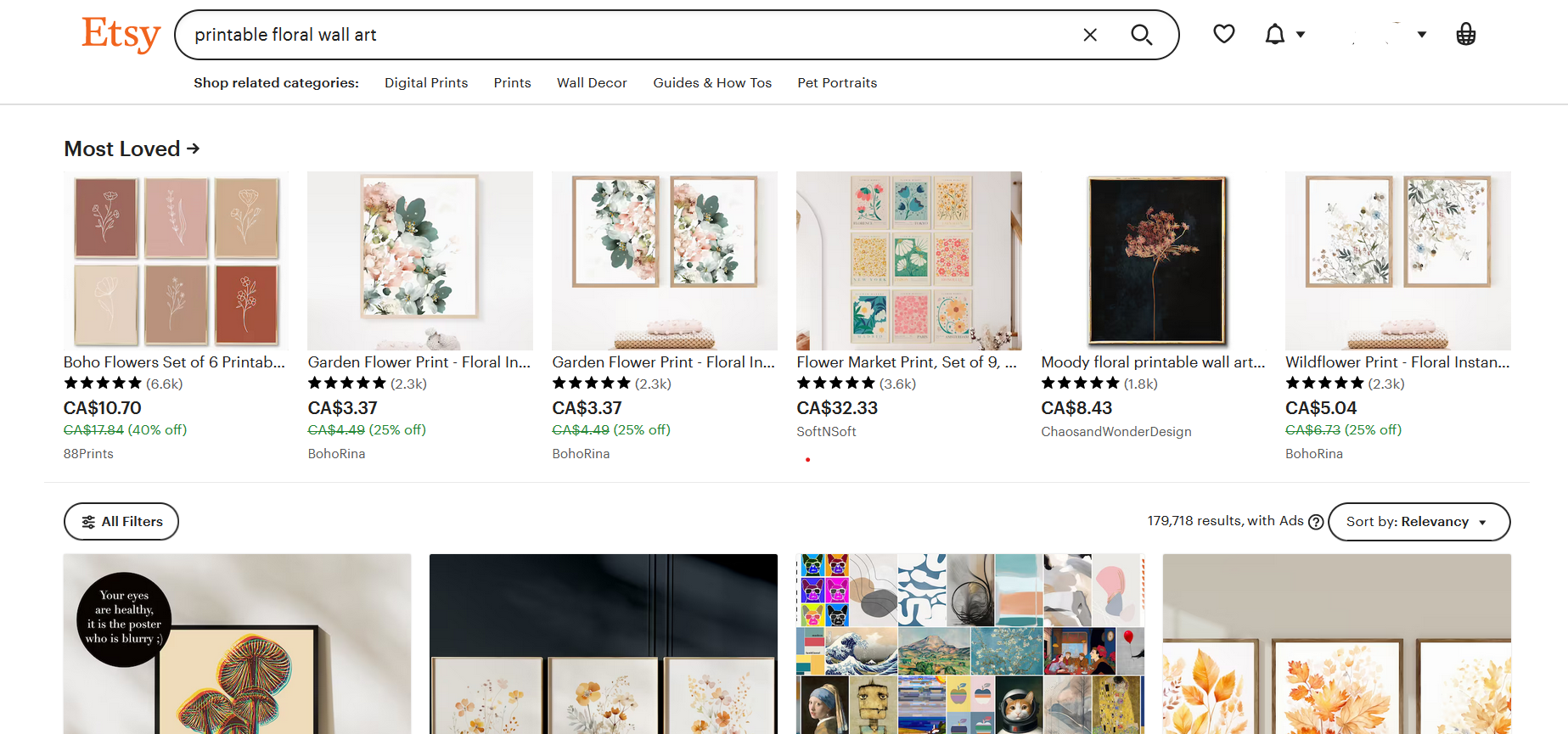
How to monetize Facebook Groups with a product
Create a product that aligns with your members’ needs. The closer you can match your product to the transformation your members are going through, the more successful you’ll be.
For example, if you run a Facebook Group dedicated to yoga, selling a custom yoga mat might be a great product.
If you run a Group dedicated to model trains, selling a yoga mat is a harder fit.
This seems obvious, but you’d be surprised how many people try to force products on their audience. If there’s no natural product fit for your members, you might be better to choose one of the other options above.
Build your storefront
You can use a third-party software like Shopify or Gumroad to build and sell products.
Or you can host products on a marketplace platform like Etsy or Amazon.
Or you can sell products on your own website.
There’s too much nuance in digital products to cover here in depth, but we have this post dedicated to selling digital products.
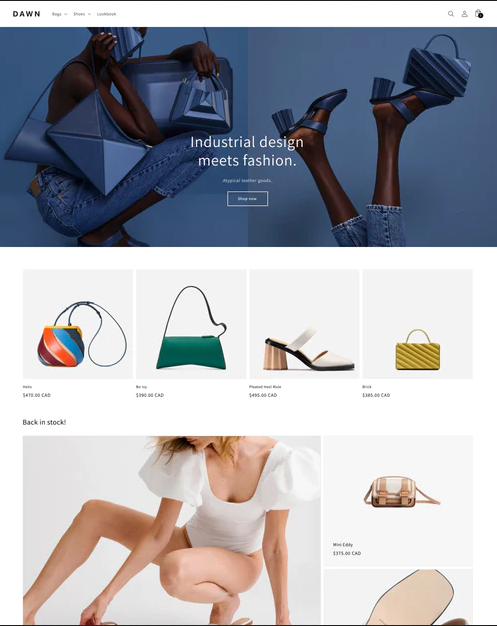
How much can you make? Your revenue for a product depends on its cost, as well as how many you can sell. And remember, the closer you can get your product to what people in the group want the better.
But for example, if you sell 1,000 products at $35 you’ll make $35,000.
7. Affiliates
1,000 Sales x $19.80 = $19,800/mo
Finally, you can monetize a Facebook Group with affiliates. Essentially, an affiliate is when you sell other people’s products and earn a referral fee.
Affiliates are nice because you don’t have to actually build a digital product. Or service it.
Here are a few tips for affiliate selling:
Find a product that actually fits. Don’t try to push random, unrelated affiliates at your members.
Read affiliate agreements closely to understand how payouts work. They’re all different.
Focus on a few affiliates you really love and can support, rather than trying to sign up for every affiliate program there is.
How to monetize Facebook Groups with affiliates
No special knowledge required! Just drop links into your Facebook Group, making sure to follow the requirements of your particular program.
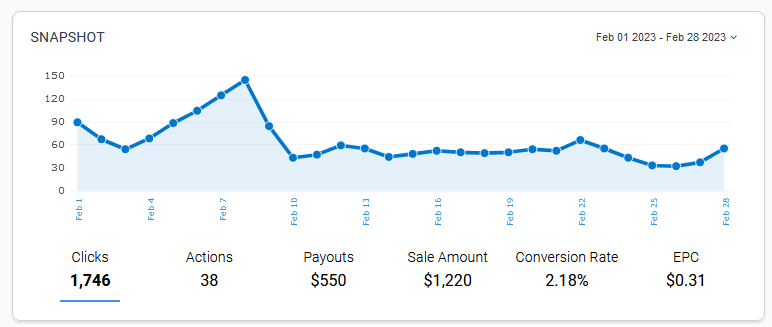
How much can you make?
Of course, it depends. For our calculation here, we’ve taken the numbers from Mighty’s affiliate program. Since our “Courses” plan is $109/mo, you would get 20% of any referrals, on a monthly basis moving forward.
That’s $19.80/mo. So if 100 people built courses, communities, or events on Mighty thanks to your referral, you’d make $1,980/mo recurring.
How to monetize a Facebook page
When it comes to monetizing Facebook, there’s some crossover between Groups and Pages. But here are a few monetization strategies that work best on a Facebook Page.
8. Stars & Gifts
1,000 Stars x $0.01 = $10

Stars and Gifts are Facebook’s built-in rewards. Facebook has a tip-style digital rewards program that lets eligible creators collect stars. Users purchase stars and can give them to content they like: each star is worth $0.01. These gifts are not technically payments, but the program is connected so that you can cash out money.
Who is eligible?
Creators with at least 500 followers.
They must live in an eligible country.
How much can you make?
Since a star is basically a penny, it takes a large (or very devoted) following to earn very much. 1,000 stars would be worth $10.
9. Subscriptions
1,000 Subs x $7 = $7,000/mo
A subscription is a payment for premium content, whether it’s text, video, audio, podcasts, livestreams, or some combination of these. It’s recurring revenue, which is great. But it’s important to remember that subscriptions usually come at a lower cost than memberships, because people pay less for content than for engagement and relationships.
Here are your options for getting it done.
How to monetize a Facebook Page with subscriptions
Option 1: Sell subscriptions on Facebook
Facebook has recently added subscriptions. This means you can offer a subscription price to your page, if you’re eligible.
This is important.
To be eligible for subscriptions, you must have either:
For a video page: 10,000 followers and 250+ return viewers (for a video page) + 50,000 post engagements OR 180,000 watch minutes.
For gaming creators: Your page must be part of the Level Up Program and have 250+ return viewers.
These are some pretty huge numbers to rack up, but congrats if you qualify! You can offer access to a Private Group as part of subscriptions to a page.
Option 2: Sell subscriptions on a separate platform
Another option for a Page (or a Group for that matter) is to sell subscriptions on a separate platform. Which platform you use depends on what type of subscription you’re selling.
Here are a few examples of where you can build subscriptions:
Newsletter: For creating a paid newsletter, we love Kit (the artist formerly known as ConvertKit)! This newsletter platform lets you completely own your audience and email list, and gives you lots of flexibility to monetize. If you want a newsletter marketplace solution, Substack could be an option too (but remember, they take 10% of your revenue).
Premium Content: For hosted premium content (either text or video), you can use a membership site like a Mighty Network. You’d create a content-based Space and restrict access via a paywall. If you have a WordPress website, you could create a content gate with a plugin like MemberPress.
Podcast: For starting a subscription podcast, you can use a platform like PodBean–which helps you create and master audio, publish to major podcasting platforms, and monetize by collecting subscription payments.
Patronage: It’s not technically a subscription, but patronage platforms like Patreon and Buy Me a Coffee can be used to collect regular financial support from people who support your work.

How much can you make?
We’ve estimated the average subscription based on Substack’s numbers; they say the average paid newsletter is $7. This means that 1,000 Subs x $7 = $7,000/mo.
10. Shops
1,000 Sales x $20 = $20,000/mo
Facebook has built a shops feature to its pages, letting you build an online storefront. For businesses already trying to use their Facebook Page to reach people, or for those selling physical and digital products elsewhere, this might be a good fit.
How to monetize a Facebook Page with a shop
Option 1: Use Facebook’s Shop feature

You need to set up a Facebook Shop. It integrates with your Facebook page, creating a “shop” tab. And you can integrate a CRM. There are some definite advantages to this.
Advertise without taking people off Facebook. Facebook loves to keep people on its platform, and social commerce does this.
Reduce sales friction. Taking people to a third-party site, making them click through multiple steps, reduces the likelihood that people will actually buy. Keeping people on Facebook reduces friction.
Less headache. Facebook takes care of the payment processing. So you don’t need to attach third-party platforms and set up other gateways.
Reviews are collected natively on Facebook.
But there are some disadvantages to selling on a Facebook Page
Very little control of how you sell. Facebook’s platform dictates how your sales are made, with limited flexibility for checkout pages and customizing a sales process.
Facebook owns your customer data. You can connect to a CRM, but Facebook is controlling most of the process.
Might be harder to be seen elsewhere. If you are using other marketing techniques like other social media platforms, Google adwords, or Google organic search, you might need to host your store on another site (e.g. your own website). This could mean trying to make sales in 2 different places, which ads admin work.
Option 2: Build your shop elsewhere
We covered this above, but you might be better building your store elsewhere. Platforms like Shopify give you a completely customizable shopping platform, and lots more control over your brand and customers.
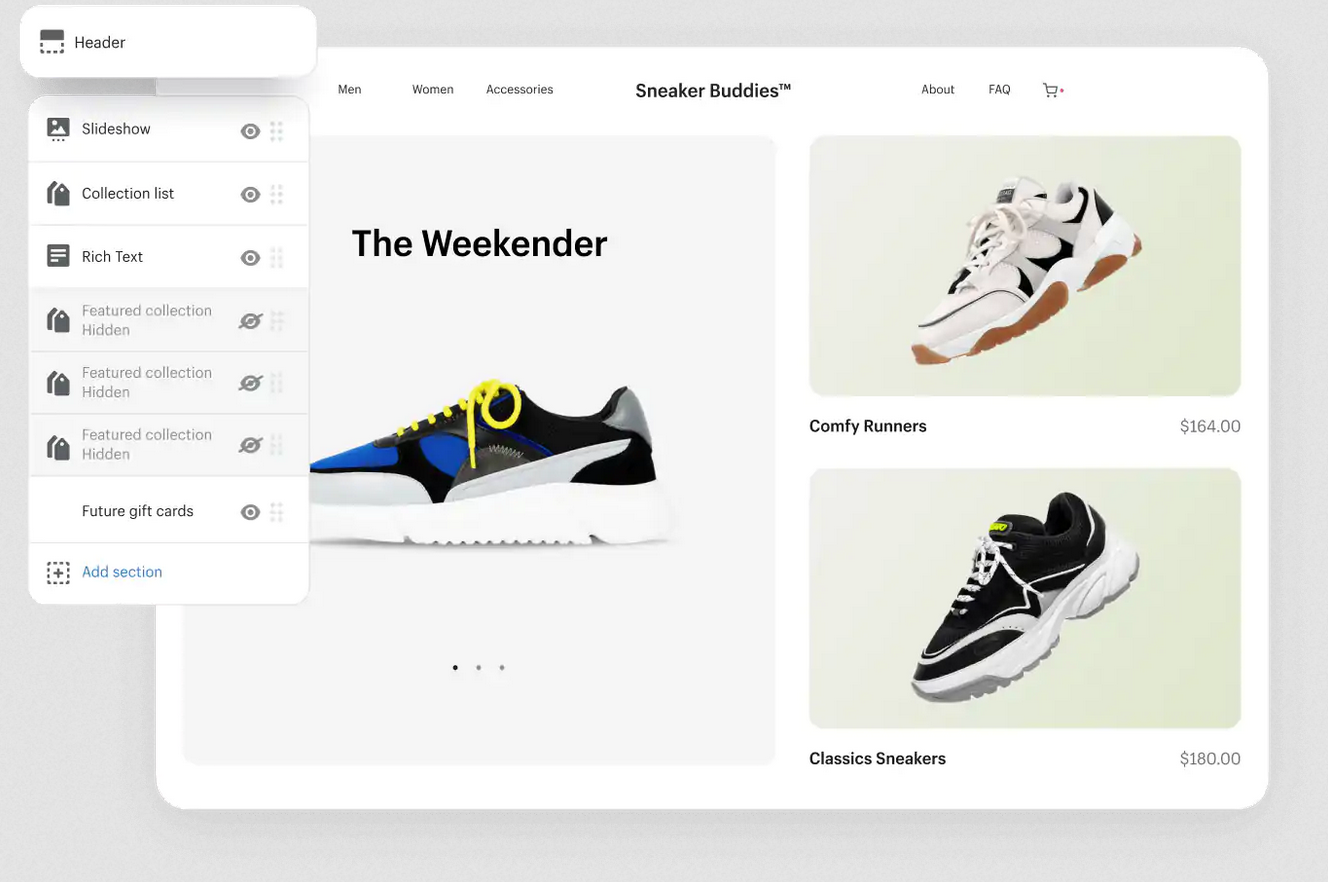
How much can you make?
Obviously there’s a lot of factors here. It depends on the product you sell and your pricing. But let’s say you sell 1,000 of a $20 product. That’s $20,000.
11. Brand collabs
10,000 followers = $250/post
Facebook is one of the least-used platforms for influencer marketing–with only 28% of brands saying it’s something they do. But, we found out a secret. Facebook influencers earn more per post than any other platform.
How to monetize Facebook with brand collabs
Find brands you love and negotiate. You can potentially earn more if you directly negotiate your branded content. And it gives you a way to connect brands that make the most sense for your audience.
Sign up for an online influencer marketplace. Content creator platforms like Aspire, IZEA, or Creator IQ serve as matchmakers to help influencers and brands find each other.
Add your contact info to your Page. If your page gets big enough, expect brands to come to you! Make sure they know how to find you to pitch you.
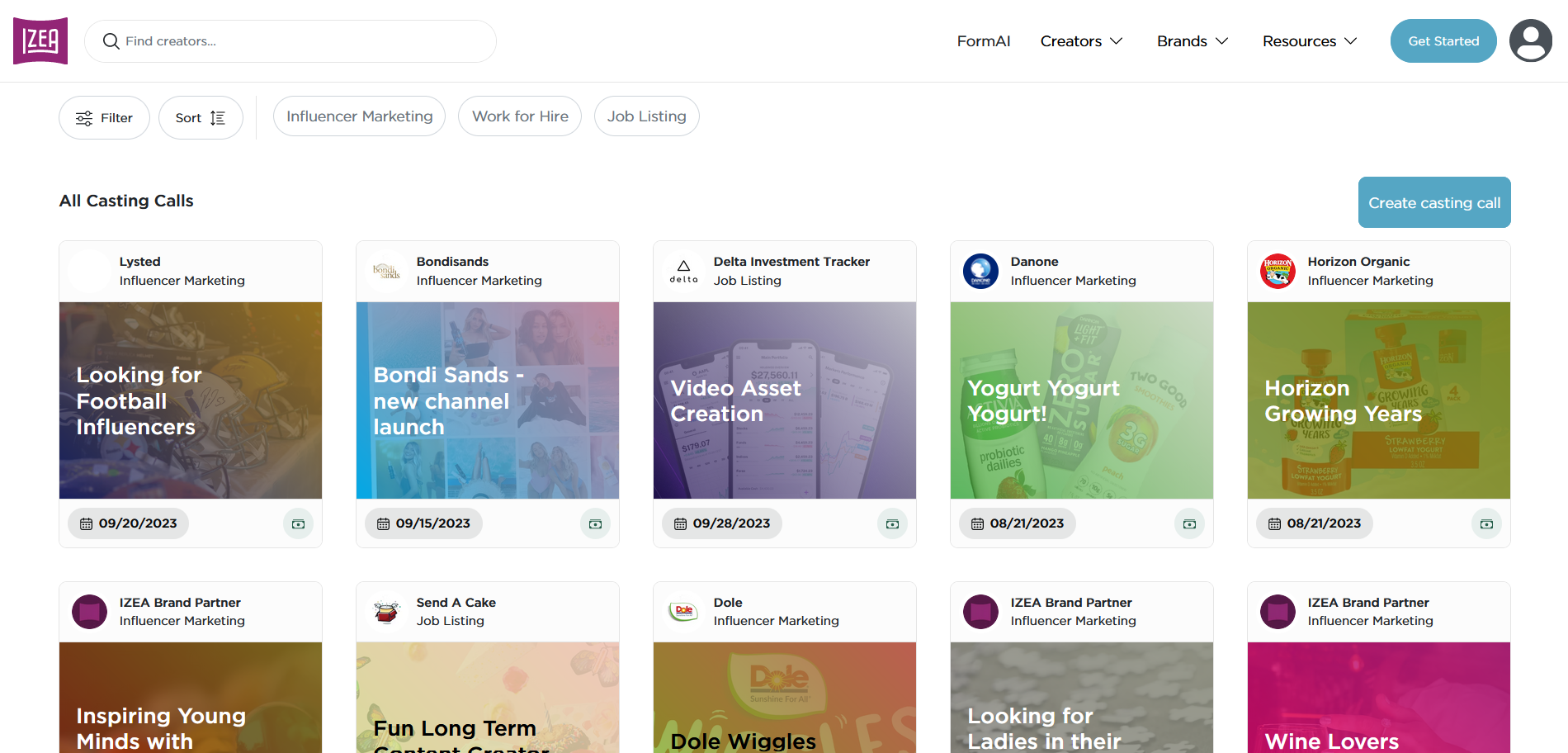
How much can you make?
Shopify has released some great numbers on how much influencers make for brand content. And here’s the good news! Although it’s not the most popular influencer platform, Facebook is the platform with the highest influencer payouts per post. Here’s how this breaks down by followers (data from Shopify).
<10,000 followers = $25-$250/post
10,000-100,000 followers = $250 -$1,250
100,000-500,000 followers = $1,250 - $12,500
500,000-1 million followers = $12,500 - $25,000
1 million+ followers = $25,000+
12. Ads
100,000 Views = $200
The last way to monetize Facebook Pages is with ads in your content. Like other platforms, Facebook pays a small percentage of ad revenue to creators based on the watch time.
This obviously works differently from the other methods above. This is money you earn as long as people watch your content, they don’t need to do any action (like buy a course).
How to monetize Facebook with ads
You need to be eligible to monetize with instream ads.
Note: Facebook has paused its ad monetization as of Oct 4, 2024. They announced a new monetization program will be coming soon.
How much can you make?
Yes, you’ve noticed that these numbers work differently. Ad RPM works off of views, not sales. And Facebook isn’t super forthcoming about the data. We dove into some creator forums on reddit and Quora, and there seems to be consensus that Facebook pays anywhere from $0.10-$4 per 1,000 views, depending on the niche and geographical location.
Bonus idea
13. Facebook Marketplace

This one’s extra, and we can’t really estimate how much you could earn. But Facebook Marketplace is an empire in itself, boasting 4 times the customers of Amazon. In fact, there are now 1.2 billion shoppers on Facebook Marketplace. That means there’s lots of opportunity to monetize Facebook from Marketplace.
If you flip or refurbish products.
If you create a product from home you want to sell locally.
If you run a storefront and you want to increase local reach.
If you want to post services.
It’s tough to estimate how much you could make, but it’s such a juggernaut that Facebook Marketplace absolutely has to be in any conversation about monetizing Facebook.
A few more tips for monetizing Facebook
Don’t try all of these! There’s too much on this page to do it all. Choose one or two strategies that make sense and fit your brand well and go all in for a while!
Find ways to own your customer data. Facebook can (and has) changed things on a dime, or shut down perfectly nice little Groups and Pages. Anything you build on Facebook is at risk. Pages get shutdown. Groups get hacked. Always have a backup plan in case things on Facebook go south–preferably an email list with your members’ info.
Weigh the pros and cons carefully. Building on or off Facebook? Make sure you understand the pros and cons of each, and make an informed decision.
Understand how monetization platforms work. We’ve talked about a lot of software in this post, each with its own pros and cons. Can you do everything you need in one place, or do you need to stitch software together? Are you playing a flat fee, or will you pay more as your memberships, course sales, etc. grow? Make sure you understand the terms.
Make your monetization strategy fit your members. The best way to fail at monetizing is to try a strategy because you like it (or love the projected dollars) without actually paying attention to what members need and want. Study them. Figure out why they stick around. Identify the transformations they’re looking for. And give them what they need.
Watch the business side. Money earned on Facebook is still income, and you know the IRS is gonna come calling. It’s worth it to understand what you’re on the hook for in terms of taxes. A visit to a local small business center might give you the answers you need.
Conclusion
As you’ve probably gathered, there are lots of different ways to earn money on Facebook. But there’s no one right way. You need to find what fits your members or audience.
And if you’re building memberships, courses, or events, come build with Mighty! It’s the platform with more $1 million communities than any other. And it’s trusted by creators and brands like Tony Robbins, Marie Forleo, Mel Robbins, Jim Kwik, Matthew Hussey, and Gary Vaynerchuck.
Try it free for 14 days – no credit card required.
Ready to start building your community?
Start a free 14-day trial to explore Mighty—no credit card required.
More like this
Join Mighty Community
Learn the principles of Community Design™ (and see them in action) alongside thousands of creators and entrepreneurs. It's free to join!
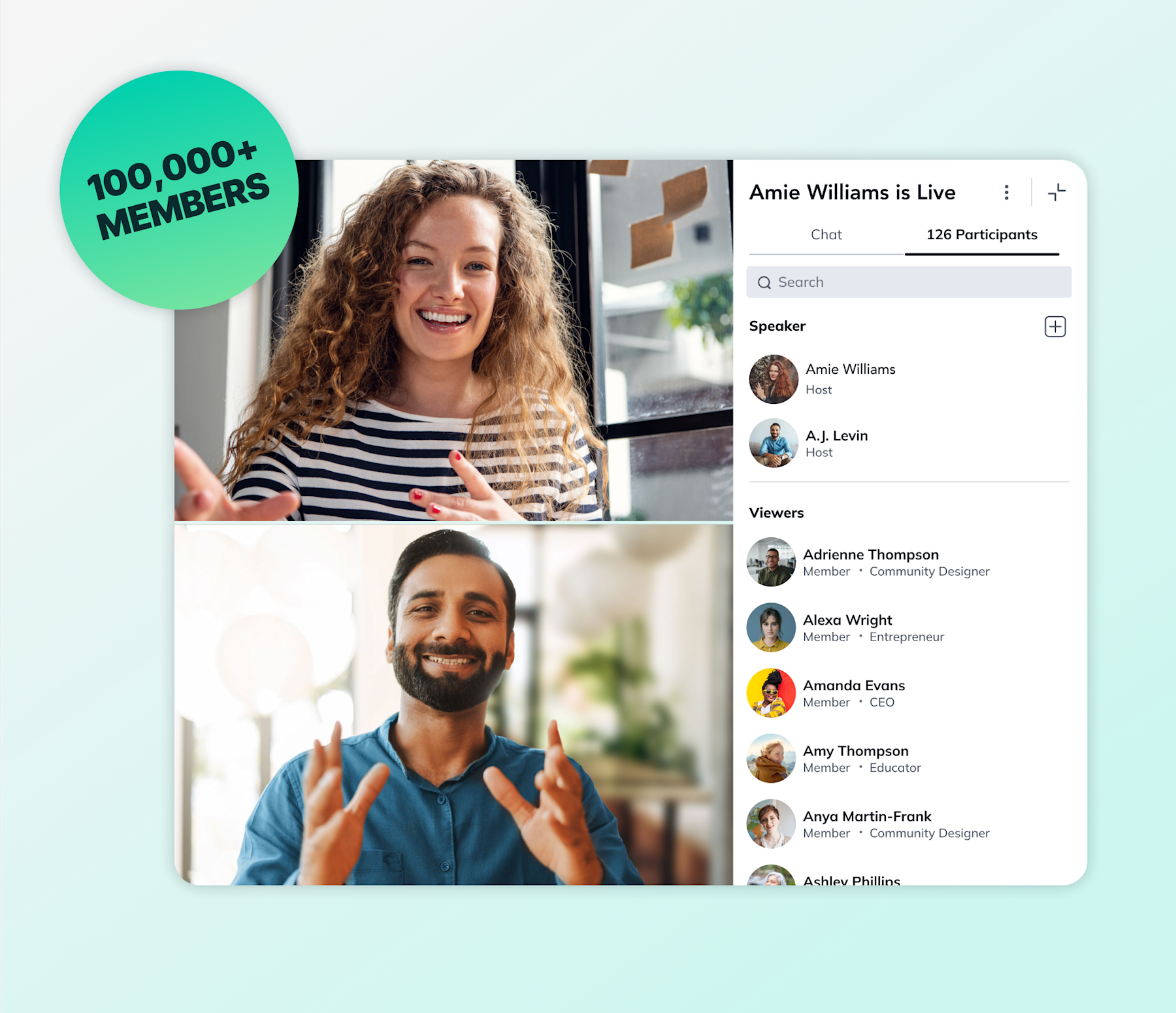
Online Courses
Creating a Course
Teaching a Course
Course Platforms
Selling a Course
Communities & Memberships
Community Platforms
Managing a Community
Building a Community
Growing a Community
Monetizing a Community
Content Creation
Creators & Entrepreneurs
Monetization
Content Creation
Starting a Business
Website Builders
Creating & Managing a Website
Events
Event Platforms
Hosting & Marketing Events
Branded Apps
Creating a Mobile App
Coaching Apps
Community Apps
Coaching
Mastermind Groups
Starting a Coaching Business
Coaching Platforms
Filter by Category
Online Courses
Communities & Memberships
Creators & Entrepreneurs
Events
Branded Apps
Coaching
Build a $1 Million Community
This free masterclass went viral—sign up to learn why.

